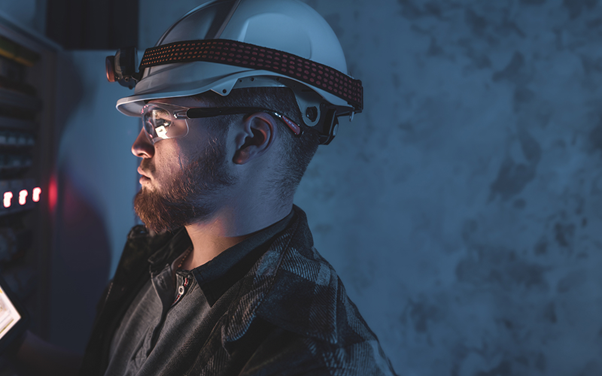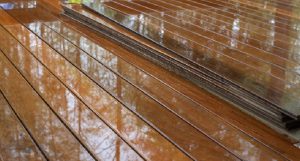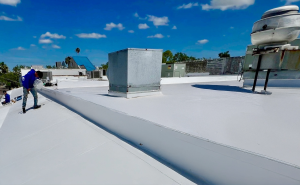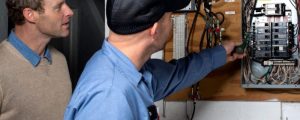Hidden Corrosion Risks After Fire and Smoke Damage

Fire incidents often leave behind visible destruction, but the less obvious threats can be equally damaging. Corrosion caused by fire and smoke residues is one of the most overlooked risks during recovery. It can silently degrade structural components, electronics, and building systems long after flames are extinguished. Addressing these issues early is essential, and both a professional post-fire cleaning service and a thorough smoke damage restoration plan play an integral role in preventing further loss.
How Fire and Smoke Contribute to Corrosion
During a fire, materials such as plastics, wiring insulation, and treated wood release chemicals when burned. Smoke particles often contain acids, chlorides, and sulphur compounds. These by-products can settle on metal surfaces and, when combined with moisture from firefighting or humidity, accelerate corrosion. The process begins quickly, sometimes within hours, affecting everything from steel beams to sensitive microelectronics. This instance makes immediate intervention not just advisable, but necessary to limit long-term structural and operational failures.
Impact on Building Infrastructure
Metal frameworks, HVAC systems, and plumbing are particularly vulnerable to corrosion after a fire. Residual smoke particles can cling to ductwork and pipe interiors, creating points where oxidation sets in. Over time, this can lead to weakened load-bearing elements, compromised water systems, and reduced efficiency of heating or cooling systems. The cost of repairs may exceed the original fire damage if these problems are not detected early, and in severe cases, structural stability could be compromised.
Risks to Electrical and Electronic Systems
Electronics are especially sensitive to post-fire corrosion. Circuit boards, connectors, and wiring can be damaged by acidic smoke residues, leading to intermittent faults or complete failure. Corrosion can also create safety hazards such as short circuits or electrical fires. Without prompt smoke damage restoration, even devices that appear operational immediately after a fire may fail prematurely. This instance can disrupt operations, compromise security systems, and result in costly downtime in commercial settings.
Why Early Professional Intervention is Critical
A specialised post-fire cleaning service is trained to identify corrosion risks that may not be obvious during initial inspections. They use techniques such as surface neutralisation, controlled air filtration, and moisture management to stop chemical reactions before they cause permanent damage. Early action also allows for the salvage of high-value items, reducing replacement costs and downtime. The longer smoke residues remain on surfaces, the more aggressive the corrosion becomes, making time a critical factor in restoration planning.
Preventive and Remedial Strategies
Effective prevention begins with thorough residue removal. This step includes dry cleaning methods for delicate components, wet cleaning for structural surfaces, and targeted chemical neutralisers for metals. Corrosion inhibitors and specialised drying techniques can be used for electronics to prevent ongoing damage. In addition, air purification systems, such as HEPA and activated carbon filters, help remove airborne particulates that could resettle on cleaned surfaces. Documenting and testing affected systems ensures no hidden damage remains before reoccupying the space.
Long-Term Considerations
Even after immediate cleaning, periodic inspections are advisable to detect delayed corrosion effects. Some materials may continue to degrade due to microscopic residue traces. Implementing a maintenance plan that includes moisture control, surface inspections, and timely repairs can help extend the lifespan of restored structures and equipment. Insurance claims can also benefit from professional documentation of all corrosion risks addressed during the smoke damage restoration process.
Conclusion
The aftermath of a fire is not just about visible damage. Hidden corrosion can silently undermine a property’s structural integrity, operational systems, and safety. Property owners can mitigate these risks and protect long-term asset value by prioritising swift, professional intervention. Engaging a skilled post-fire cleaning service ensures that corrosion risks are effectively identified, addressed, and monitored, safeguarding both the building and its contents.
Visit BELFOR and protect your property from the hidden effects of fire damage before it’s too late.





